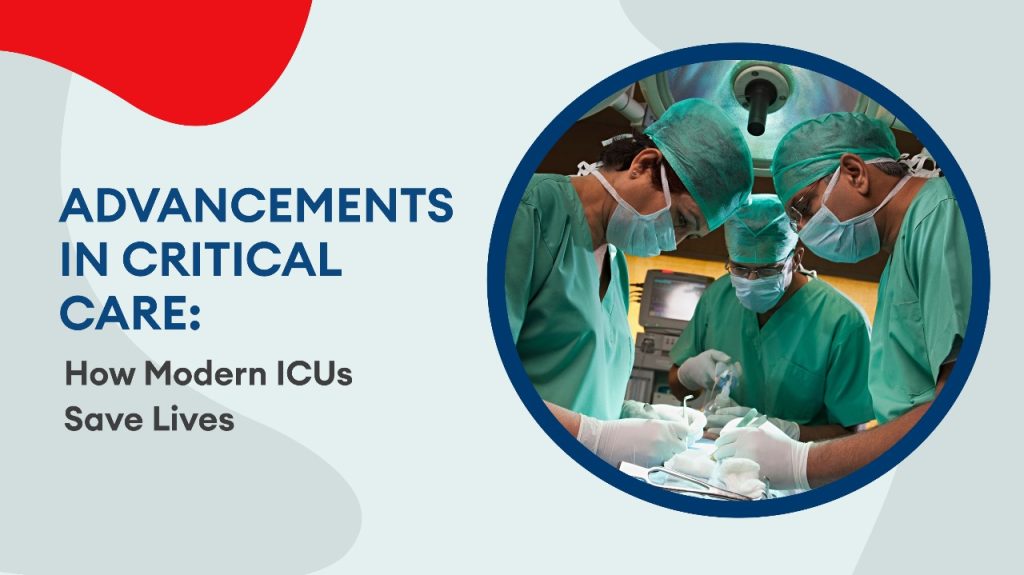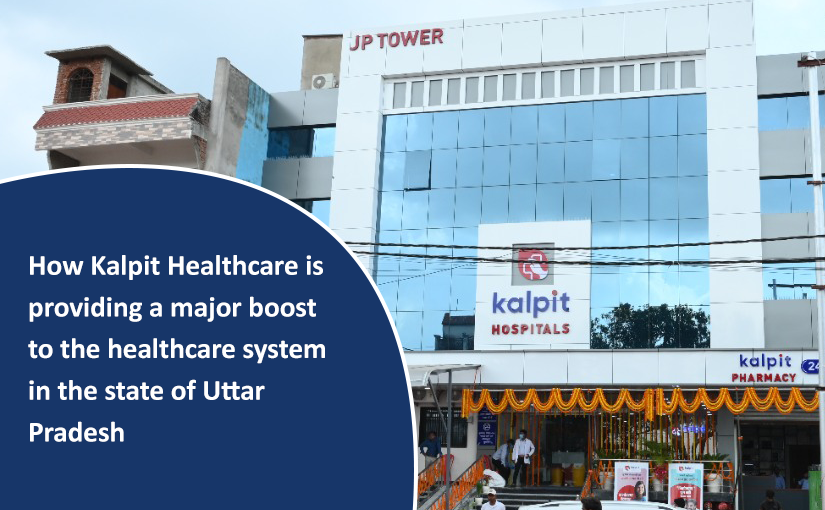The advanced modern ICUs have brought a drastic change in the management of life-threatening diseases. Such special care units offer service 24/7 in cases of severely sick patients, utilizing technologies and expert staff to give the right approach toward the exigencies. It has made ICUs a more important component of healthcare than before because the areas focused on include severe illnesses, and organ failures, among others. Advanced Modern ICU concentrates on precise and constant patient tracking. This ensures a patient receives optimal support, thus contributing to increased recovery and a source of comfort and hope to families during terrible times.
How Technology Shapes Critical Care?
Critic Technology has transformed critical care, changing how medical teams handle life-threatening situations. Advanced equipment in contemporary intensive care units guarantees real-time monitoring and prompt action. Actions like ventilators support breathing in critically ill patients, while cardiac monitors track heart activity, alerting doctors to any sudden changes. These innovations enable healthcare providers to address complications immediately, often saving lives within seconds.
Furthermore, imaging technology like MRIs and CT scans aids in precisely identifying underlying problems, guaranteeing precise diagnoses. Non-invasive ventilators and high-flow nasal cannulas are two examples of devices that provide customized respiratory support, enhancing patient comfort and results. Automation in drug delivery systems has also reduced errors, allowing precise medication administration during emergencies.
Apart from equipment, electronic health records have similar importance because they allow doctors to get the histories of patients within a few seconds, increasing their chances of making good decisions. Collectively, these innovations guarantee that Advanced Modern ICU are apt to manage intricate diseases and/or complications by delivering proof that technology persists in transformative CA in CC.
How Critical Care Saves Lives?
Critical care medicine specialty is designed to support patients suffering from serious illnesses by stabilizing them. Several patients admitted to intensive care units require audiovisual surveillance and special treatments in a controlled setting. This close observation helps detect complications early, enabling timely medical responses.
Critical care is very effective the way it is delivered since it allows for individual patient care. A patient hears the words ‘you have cancer,’ and medical teams create personal treatment plans to tackle each situation. This technique benefits patients as it allows them to be attended to with focus and receive the right interventions, increasing their opportunity to recover.
Also, the critical care teams are taught how to handle calamities, for example, heart attacks, strokes, and severe infections. Due to professional specialization and extensive use of technology, these units arrange a complete system to rescue lives and start the recovery process. Facilities like Kalpit Hospital in Khalilabad exemplify how critical care medicine can stabilize even the most severe conditions under expert supervision.
Conclusion
Modern ICUs are a cornerstone of critical care, offering life-saving support through advanced technology and dedicated medical teams. These units enable constant supervision and individual management plans and guarantee patients with serious conditions instant appropriate care. Managing emergencies such as organ failure, infections, and postoperative complications, ICUs enhance survival and recovery probabilities. Facilities like Kalpit Hospital in Khalilabad exemplify the integration of expertise and innovation in critical care. With their well-equipped ICUs and compassionate approach, they create a safe environment where patients can heal and regain their health, making a lasting difference in healthcare outcomes.



